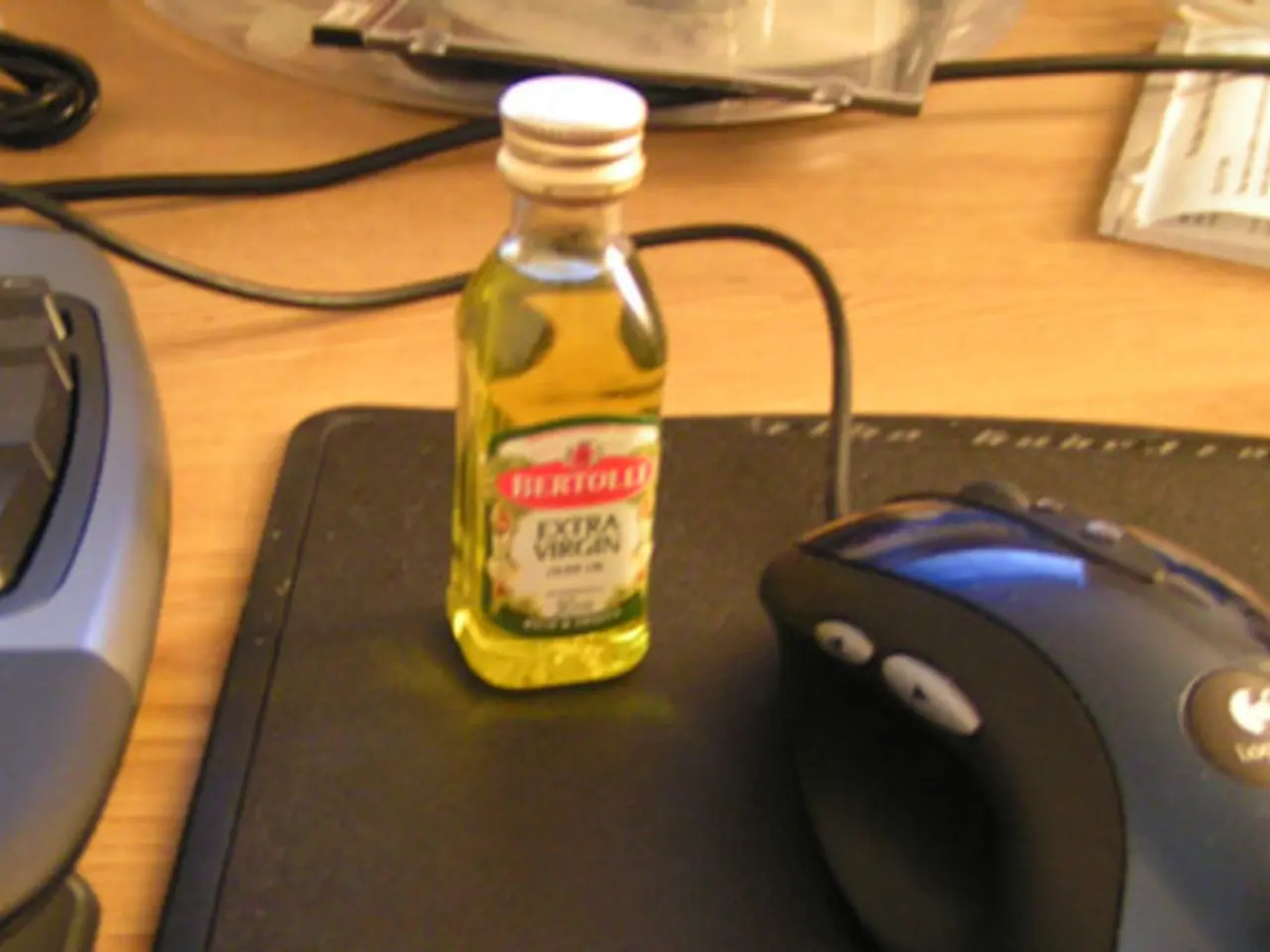Top-notch Heating Pads for Soothing Aches and Discomforts
Heating pads have become a popular choice for pain relief and relaxation, offering topical heat therapy to various parts of the body. In this article, we will explore the main types of heating pads, how they work, and their key benefits and risks.
Main Types of Heating Pads
- Electric Heating Pads
Electric heating pads use internal electric coils or heating elements powered by a plug-in or batteries to generate consistent warmth. They often feature multiple heat settings and automatic shut-off timers. The Pure Enrichment PureRelief XL Heating Pad, priced at $29.97, is an example of an electric heating pad that provides six heat levels and features InstaHeat technology for rapid heating. However, it's worth noting that some customers have reported inconsistent heat and lack of returns with this product.
- Infrared Heating Pads
Infrared heating pads emit infrared light that penetrates deeper into tissues than traditional electric pads, warming muscles and joints more effectively. The Thermotex Platinum Far Infrared Heating Pad, priced at $259, is considered the best infrared heating pad.
- Chemical Heating Pads
Chemical heating pads contain chemicals that produce heat when activated, typically disposable and used once. An example of a chemical heating pad is ThermaCare Heat Wraps, priced from $11.29.
- Weighted Medical-Grade Heating Pads
Weighted medical-grade heating pads combine moist heat with soothing pressure by using weighted designs and materials like infrared ceramic beads. The SuzziPad Microwave Heating Pad, Comfytemp Full Weighted Heating Pad, and Pure Enrichment PureRelief XL Heating Pad are examples of weighted heating pads.
How They Work
- Electric Heating Pads convert electrical energy into heat through coils or elements, which warms the pad’s surface applied to the body, easing muscle tightness and pain by improving blood circulation.
- Infrared Heating Pads use infrared radiation that penetrates under the skin to promote deeper tissue warming and relieve chronic pain by increasing circulation and relaxing muscles.
- Chemical Heating Pads start an exothermic reaction (like oxidation) once activated, generating heat without electricity for temporary pain relief.
- Weighted Heating Pads combine heat with gentle pressure (weighted), offering moist heat therapy that enhances comfort, increases blood flow, and reduces stiffness in affected areas.
Key Benefits and Risks
- Electric pads offer quick and easy relief but carry risks like burns or overheating if misused; they may be unsuitable for people with hypertension or during pregnancy.
- Infrared pads provide deeper heat, potentially better for chronic pain, but at a higher cost.
- Weighted moist heat pads add pressure to enhance therapy and often have improved safety features like automatic shut-offs.
Choosing the right type depends on your specific pain condition, desired heat depth, and safety considerations. Electric and infrared are the most common for consistent heat, while chemical pads are convenient for one-time use or travel.
It's essential to follow all instructions for your device and use protective covers to minimize health risks such as burns, electrical fires, and skin irritation. Additionally, heat therapy should not be used if the affected area is warm to the touch, there's an open wound, or there's nerve damage in the area.
When considering a heating pad, factors to consider include the use, price, automatic shut-off feature, and type of the product. For instance, the "Best cordless heating pad" is the GoHeat Cordless Sunbeam Heating Pad, with prices starting from $92.49.
However, it's worth noting that some customers have reported issues with durability for certain products, such as the SuzziPad Microwave Heating Pad tearing after a few uses and the Pure Enrichment PureRelief XL Heating Pad not offering returns. It's always a good idea to read customer reviews before making a purchase.
[1] Mayo Clinic. (2021). Heating pads and hot water bottles: Are they safe? [online] Available at: https://www.mayoclinic.org/diseases-conditions/pain/in-depth/heating-pads/art-20046160
[2] Healthline. (2021). Heating Pads: Types, Benefits, and Risks. [online] Available at: https://www.healthline.com/health/heating-pad
[3] Verywell Health. (2021). Heating Pads: Types, Benefits, and Risks. [online] Available at: https://www.verywellhealth.com/heating-pads-types-benefits-risks-4014683
[4] Healthline. (2021). Best Heating Pads of 2021. [online] Available at: https://www.healthline.com/health/best-heating-pad
[5] Healthline. (2021). Best Weighted Heating Pads of 2021. [online] Available at: https://www.healthline.com/health/best-weighted-heating-pad
- Electronic science has allowed the development of predictive models to understand the impact of using heating pads on certain medical conditions, such as asthma, depression, and bipolar.
- Obesity and health-and-wellness experts have expressed concerns about the long-term effects of frequent heating pad use, particularly when combined with poor lifestyle habits.
- In a study on the effectiveness of heat therapy for medical-conditions like NSCLC (non-small cell lung cancer), researchers found that infrared heating pads showed promising results in relieving post-treatment pain and improving overall quality of life.
- Some scientific research suggests that incorporating heating pads as part of a comprehensive therapeutic approach could potentially contribute to better management of chronic pain in individuals with obesity and depression.
- With increasing awareness about the importance of self-care in mental health, there's growing interest in the role of heat therapy devices like heating pads in promoting relaxation and emotional well-being.




